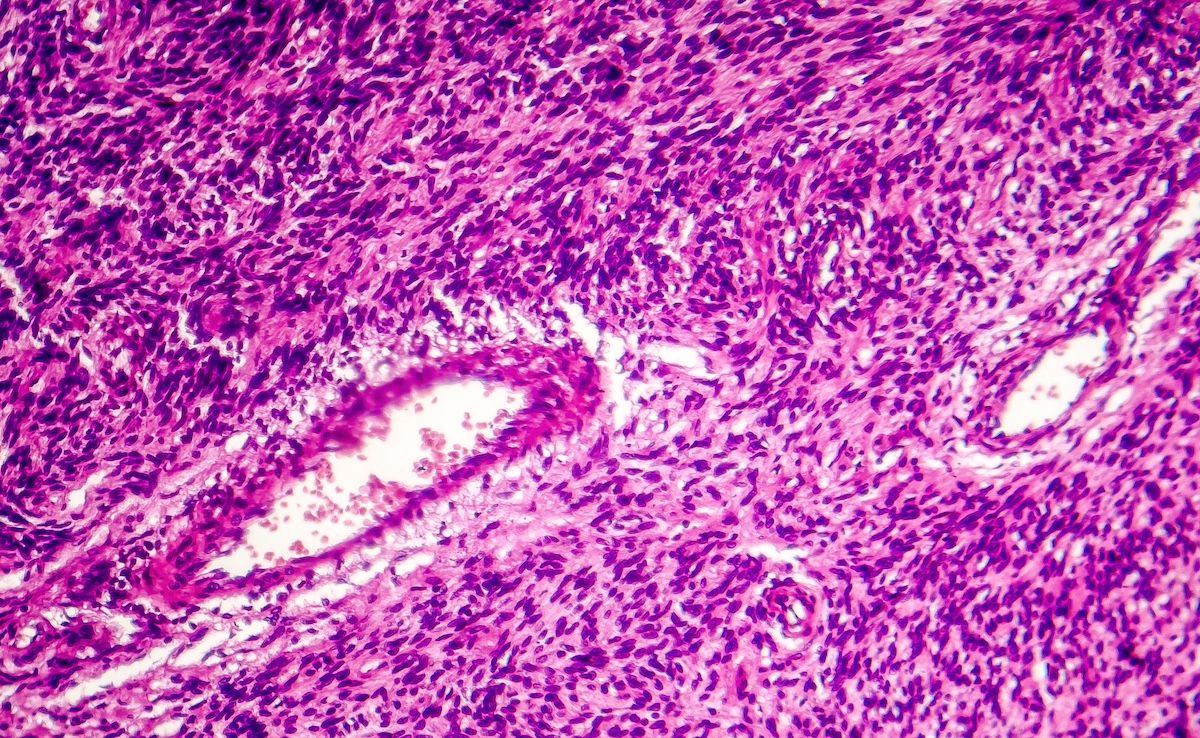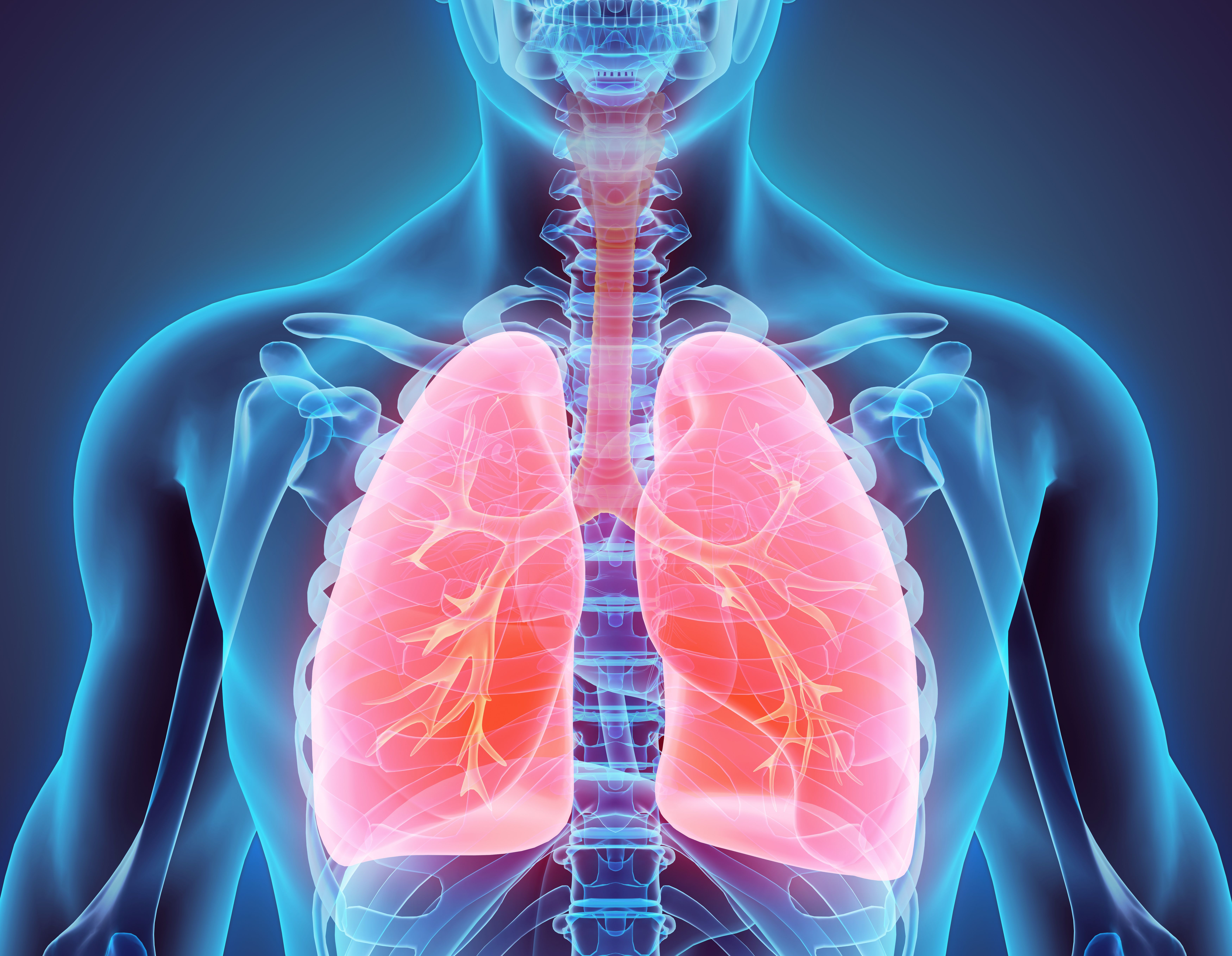News
Article
Cholesterol, Serum Markers of HS Improved With Switches to TAF Regimens
Author(s):
Patients with HIV who switched to a treatment regimen that included tenofovir alafenamide (TAF) showed improvement in serum markers for hepatic steatosis (HS) among other benefits.
According to a study published in HIV Medicine,1 switching patients with HIV to a triple therapy of bictegravir/emtricitabine/tenofovir alafenamide (B/F/TAF) after they were on a regimen that did not include TAF or tenofovir disoproxil fumarate (TDF) was found to help improve cholesterol, serum markers for hepatic steatosis (HS), and triglycerides.
Antiretroviral therapy (ART) is the preferred treatment method for HIV, as it can help with virological suppression. However, ART can also lead to adverse events and carries risks of toxicity and metabolic abnormalities.2 TAF and integrase strand transfer inhibitors like bictegravir have been found to reduce toxicity, but their effect on the metabolism are unknown. The B/F/TAF triple therapy has been found to be safe and effective for the treatment of HIV, and the new study aimed to assess the metabolic effect of the treatment when used in patients who were previously treated with regimens that spared TAF and TDF.
HIV Virus | Image credit: RAJCREATIONZS - stock.adobe.com

All participants were from the Infectious Diseases Unit of Hospital La Paz-Carlos III in Madrid, Spain. Participants were eligible if they were at least 18 years old and had a follow-up between January 1, 2019, and May 31, 2022. All participants received B/F/TAF if they had used a previous regimen for at least 2 months that excluded TDF or TAF. Participants who did not have 2 tests separated by at least 6 months that included total cholesterol (TC), high-density lipoprotein cholesterol (HDL-C), triglycerides, and low-density lipoprotein cholesterol (LDL-C) were excluded from the study. Participants who had stopped their usage of ART prior to using B/F/TAF were also excluded, as well as pregnant women and clinical trial participants.
Absolute changes in TC, HDL-C, and LDL-C as well as triglycerides and TC/HDL-C ratio after 6 months were the primary outcomes of the study. Changes in lipid parameters at 12 months and changes in metabolic parameters were secondary outcomes.
A total of 211 patients with HIV were included in the analysis, and the median (IQR) age was 55 (47-60) years; 207 patients had data at 6 months and 189 had data for 12 months. Men made up 80% of the study population. The median duration of HIV among the cohort was 21.2 (13.4-27.8) years, and 59% of the population had taken triple-drug regimens prior to starting B/F/TAF.
The mean TC was 183 mg/dL (95% CI, 177.6-188.3), mean LDL-C was 107.8 mg/dL (95% CI, 103.1-112.4), and mean triglycerides were 160.3 mg/dL (95% CI, 145.9-174.7), all at baseline. The mean values decreased after 6 months in TC (–7.6 mg/dL; 95% CI, –13.5 to –1.8) and triglycerides (–23.3 mg/dL; 95% CI, –42.0 to –4.6). Statistically insignificant decreases were also found in LDL-C and HDL-C, and the change in TC/HDL-C ratio was almost significant. The value of HDL-C decreased by a mean of –1.8 mg/dL (95% CI, –3.5 to –0.08) after 12 months, which was the only significant decrease.
A greater decrease in TC at 6 months (–14.4 mg/dL; 95% CI, –26.4 to –2.3) was seen in patients who were taking statins at baseline compared with those who were not (–3.9 mg/dL; 95% CI, –12.8 to 5.0). The marker for HS, TyG, had a baseline value of 8.81 (95% CI, 8.73-8.89) which decreased by a mean of –0.14 after 6 months (95% CI, –0.23 to –0.05). The only significant increases in metabolic parameters came in creatinine (0.03 mg/dL; 95% CI, 0.01-0.05) at 6 months and for estimated glomerular filtration rate (–3 mL/min/1.73m2; 95% CI, –4.6 to –1.4) at 6 months.
There were some limitations to this study. There was no control group to use for comparison. Some factors were collected through telephone due to the COVID-19 pandemic, which left some factors such as body mass index and weight unverifiable and therefore unrecorded. Serum markers for HS have not been validated in people with HIV for their clinical value. The pandemic led to the loss of people to follow-up, and the follow-up was short.
Patients who switched from regimens that spared TDF or TAF to the B/F/TAF regimen had improvements in TC, triglycerides, and HS with a high efficacy in the population. B/F/TAF could serve as an alternative treatment for patients concerned with metabolic parameters while taking ART.
"These results, which were recorded in an older cohort with a marked presence of cardiovascular risk factors, suggest that B/F/ TAF has a good cardiovascular profile and constitutes an excellent option in this patient population," the authors concluded.
References
- Busca-Arenzana C, Ortega-González D, Díaz-Almirón M, et al. Metabolic effects of switching to Biktarvy (B/F/TAF) in patients with HIV-1 treated with antiretroviral regiments that do not include tenofovir disoproxil fumarate (TDF) or tenovfovir alafenamide (TAF): the metabic study. HIV Med. Published online May 15, 2024. doi:10.1111/hiv.13659
- World Health Organization. Antiretroviral Therapy of HIV Infection in Infants and Children: Towards Universal Access: Recommendatiosn for a Public Health Approach – 2010 Revision. World Health Organization; 2010. Accessed May 15, 2024. https://iris.who.int/bitstream/handle/10665/164255/9789241599801_eng.pdf?sequence=1&isAllowed=y





